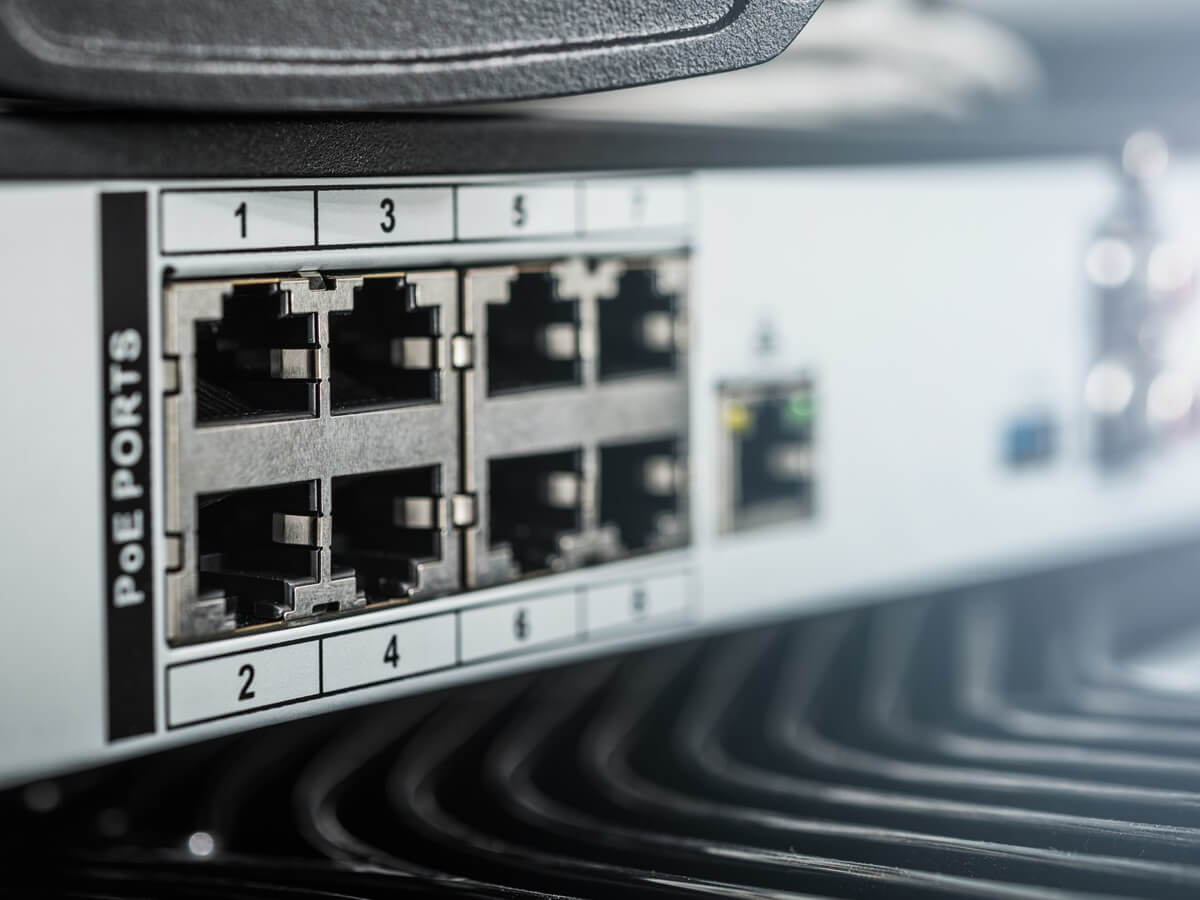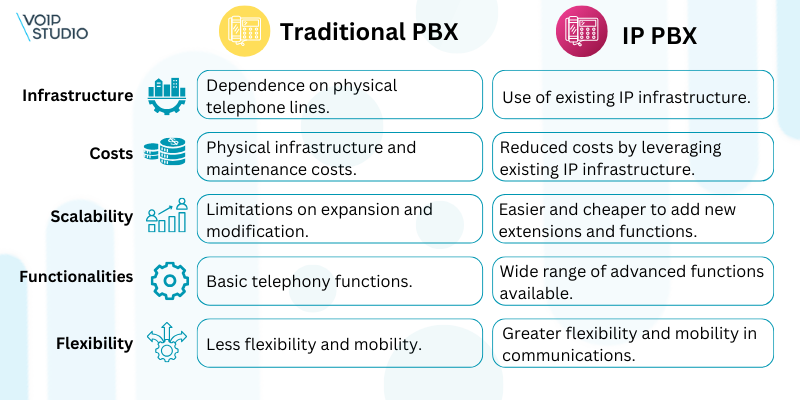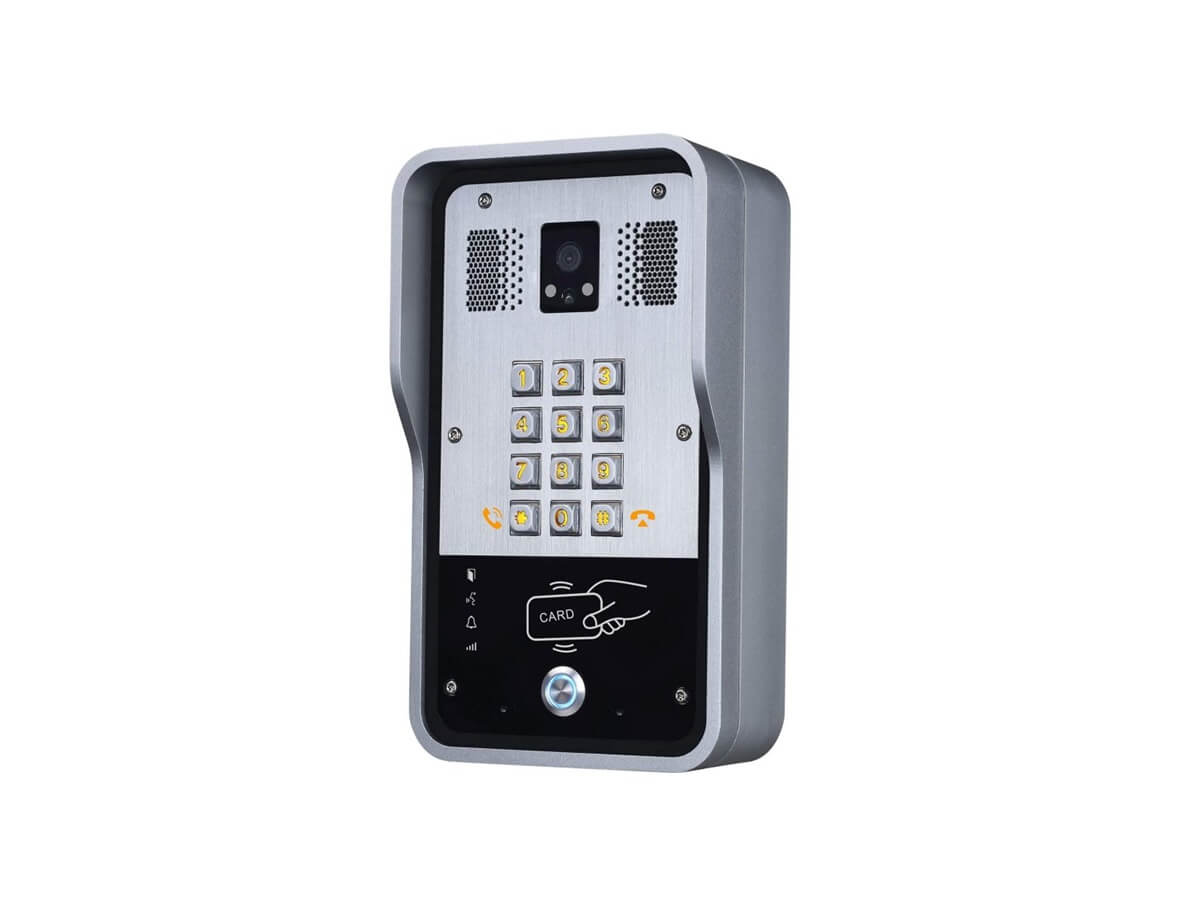Technology has made significant strides in business communications, and one of the most groundbreaking innovations is the introduction of IP PBX phone systems.
These solutions have revolutionized how organizations manage their internal and external communications. In this article, we’ll delve into IP PBXs, how they work, their benefits, components, comparisons with traditional PBX systems, and various applications in different business environments.
What is an IP PBX?
An IP PBX, or Internet Protocol Private Branch Exchange, is a business phone system that uses Internet protocol (IP) technology to manage and route phone calls.
This component is essential in modern business telephony, serving as a central hub that facilitates the management of internal and external communications. Unlike traditional systems, the IP PBX utilizes existing IP network infrastructure. It enables more efficient integration and greater flexibility in communications.
The IP PBX server functions similarly to a proxy server, allowing SIP (Session Initiation Protocol) devices like virtual phones or hardware to register. When a call is initiated, these devices request the IP PBX server to establish the connection.
With an internal directory containing user information and their SIP addresses, the IP PBX can route internal or external calls through VoIP gateways or VoIP service providers.
How does IP PBX work?
Instead of relying on analog or digital phone lines as in traditional systems, IP PBX uses Internet Protocol (IP) to route calls within the organization’s network or over the Internet.
The heart of an IP PBX is its server, which acts as a virtual phone system. IP telephony devices like VoIP phones or softphones register to make and receive calls with this server.
When a user wants to call, the IP PBX server establishes the connection between the devices.
One of the key features of IP PBX is its ability to manage advanced functions such as voicemail, conference calling, intelligent call routing, and integration with other business applications.
It is achieved through specialized software running on the IP PBX server, allowing customization and adaptation to each company’s specific needs.
Difference between IP PBX and VoIP
It’s common to confuse the terms IP PBX and VoIP due to their close relationship in business communications. However, it’s essential to understand that they refer to distinct concepts.
VoIP
VoIP refers to the technology that enables voice transmission over IP networks, such as the Internet.
This technology converts voice calls into digital data packets and transmits them over the IP network instead of using traditional phone lines.
This technology provides an efficient and cost-effective way to make calls, especially over long distances.
IP PBX
On the other hand, IP PBX refers to a business phone system that utilizes VoIP and other internet protocols to manage voice communications within an organization.
An IP PBX acts as a virtual phone system that manages internal and external calls and other advanced telephony functions.
Unlike a traditional PBX, an IP PBX uses existing IP network infrastructure instead of dedicated phone lines.
Components of an IP PBX
The effectiveness and functionality of an IP PBX system lie in its components, which work together to provide a comprehensive business communications solution.
IP PBX Server
The IP PBX server constitutes the core of the IP telephony system, acting as the brain that coordinates all communication operations. It’s essential for call management and routing and provides a wide range of advanced features to enhance productivity and efficiency in the company.
IP Phones
IP phones are the devices users use to make and receive calls within the IP PBX system. These phones connect to the company’s IP network and are equipped with advanced features that enhance the communication experience, such as LCD screens, programmable keys, and conference calling capabilities.
VoIP Gateway
The VoIP Gateway may be optional, depending on the system configuration. This device connects the IP PBX to the public switched telephone network (PSTN), enabling calls to be made and received to and from phones outside the company’s IP network. It converts IP voice calls into analog or digital signals compatible with the PSTN.
Benefits of IP PBX
IP PBX offers several significant benefits for companies looking to improve their internal and external communication systems. These benefits include:
- Cost reduction: IP PBX utilizes the company’s existing IP network infrastructure to make and receive calls, resulting in significant savings compared to traditional phone systems that rely on dedicated phone lines.
- Flexibility and scalability: IP PBX allows companies to scale and adapt their phone systems according to their ever-changing needs. It’s easy to add new extensions, features, and advanced functionalities without the need for major infrastructure investments.
- Advanced features: IP PBX offers a wide range of advanced features such as conference calling, voicemail, call tracking, call forwarding, and more. These features enhance employee productivity and facilitate team collaboration.
- Business mobility: With IP PBX, employees can make and receive calls from any location with internet access, whether in the office, at home, or on the go. This increases flexibility and productivity for remote workers and employees outside the office.
- Integration with other applications: IP PBX easily integrates with other business applications, such as customer relationship management (CRM) systems, collaboration software, and productivity tools. This integration enables smoother and more efficient communication among different teams and departments within the company.
Comparison between traditional PBX and IP PBX
Use cases and applications of PBX
Large enterprises
IP PBX benefits large companies with different departments and geographically dispersed teams.
For example, IP PBX enables efficient communication among sales, marketing, human resources, accounting, and other departments in a large corporation with multiple departments.
Employees can use internal phone extensions to communicate easily with each other, regardless of their physical location, streamlining collaboration and decision-making.
Retail chains and franchises
In the retail sector, a chain of stores can use an IP PBX to coordinate operations between different locations and the central management team.
For example, sales staff in each store can use IP phones to access the centralized system, check product availability, place orders, and resolve customer queries efficiently.
Branch offices
A company with multiple branch offices can benefit from IP PBX to establish a unified communication network that facilitates collaboration between teams and project coordination, even over long distances.
Call Centers
A customer service call center can leverage IP PBX’s capabilities to efficiently manage large volumes of incoming calls, automatically routing them to the appropriate agents and offering advanced call tracking and reporting features.
These examples illustrate how IP PBX is used in various business contexts to enhance communication, collaboration, and efficiency in managing daily activities.
Frequently asked questions about IP PBX
What advantages does an IP PBX system offer compared to a traditional PBX?
An IP PBX offers advantages such as reduced call costs, greater flexibility, integration with other business applications, and the ability to manage communications from anywhere with internet access.
How will the implementation of an IP PBX affect our existing network infrastructure?
Implementing an IP PBX may require adjustments to the network infrastructure to ensure call quality, such as configuring Quality of Service (QoS) to prioritize voice traffic over other data.
What additional features does an IP PBX offer that could benefit our company?
Additional features of an IP PBX include call forwarding, voicemail, conference calling, CRM integration, call tracking, and detailed usage analytics.
What is the cost associated with installing and maintaining an IP PBX system?
The cost of installing and maintaining an IP PBX system can vary depending on the provider and the scale of the system. But it generally involves an initial investment and monthly payments for support and update services.
How are the communications made though an IP PBX system secured?
Security in an IP PBX is achieved through data encryption, user authentication, regular software updates, and firewall configuration to protect against unauthorized access and external attacks.
In summary, IP PBX systems significantly advance business telephony, offering cost savings, flexibility, advanced features, and improved communication capabilities. Whether for large enterprises, retail chains, branch offices, or call centers, IP PBX solutions provide a versatile and efficient communication platform tailored to the needs of modern businesses.
If you’re looking to streamline your company’s communication processes and enhance productivity, an IP PBX system could be the solution you’ve been searching for.





